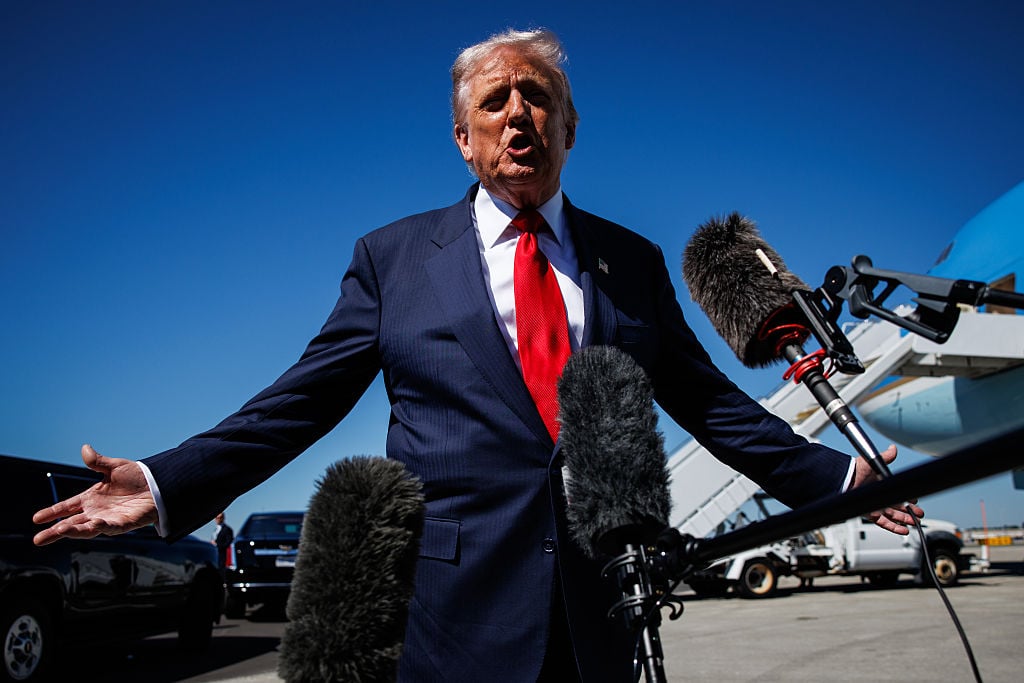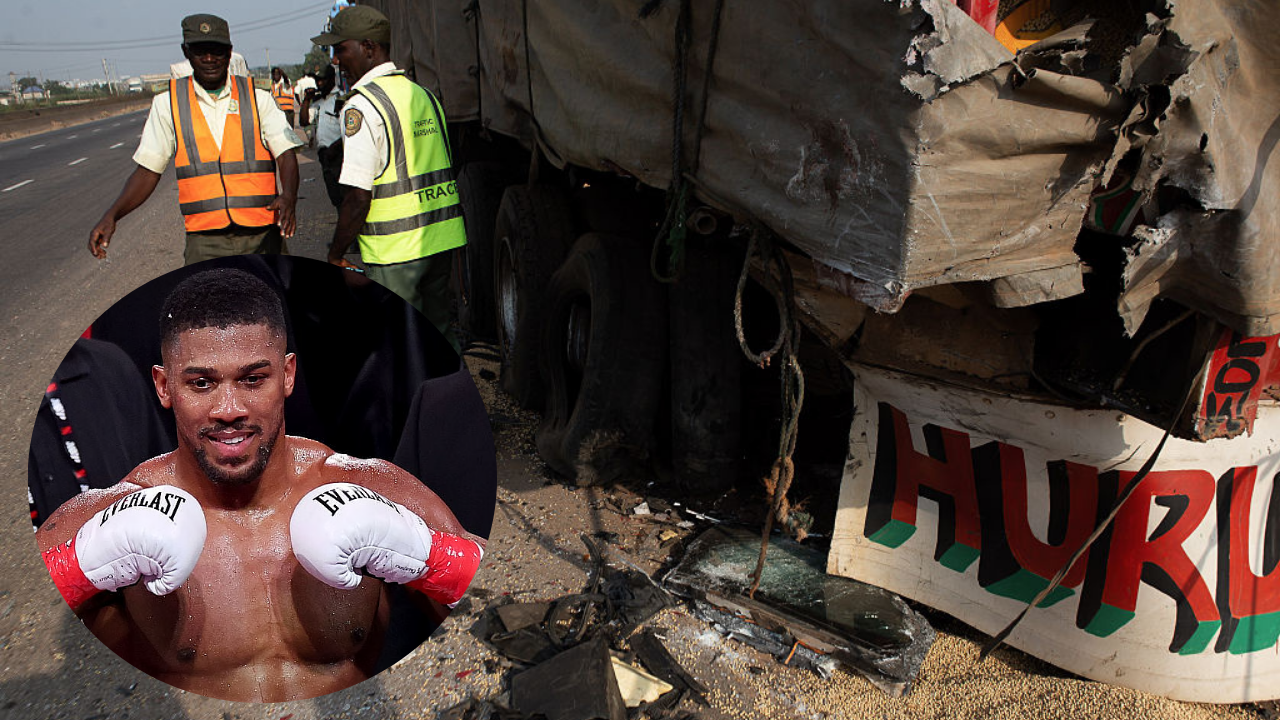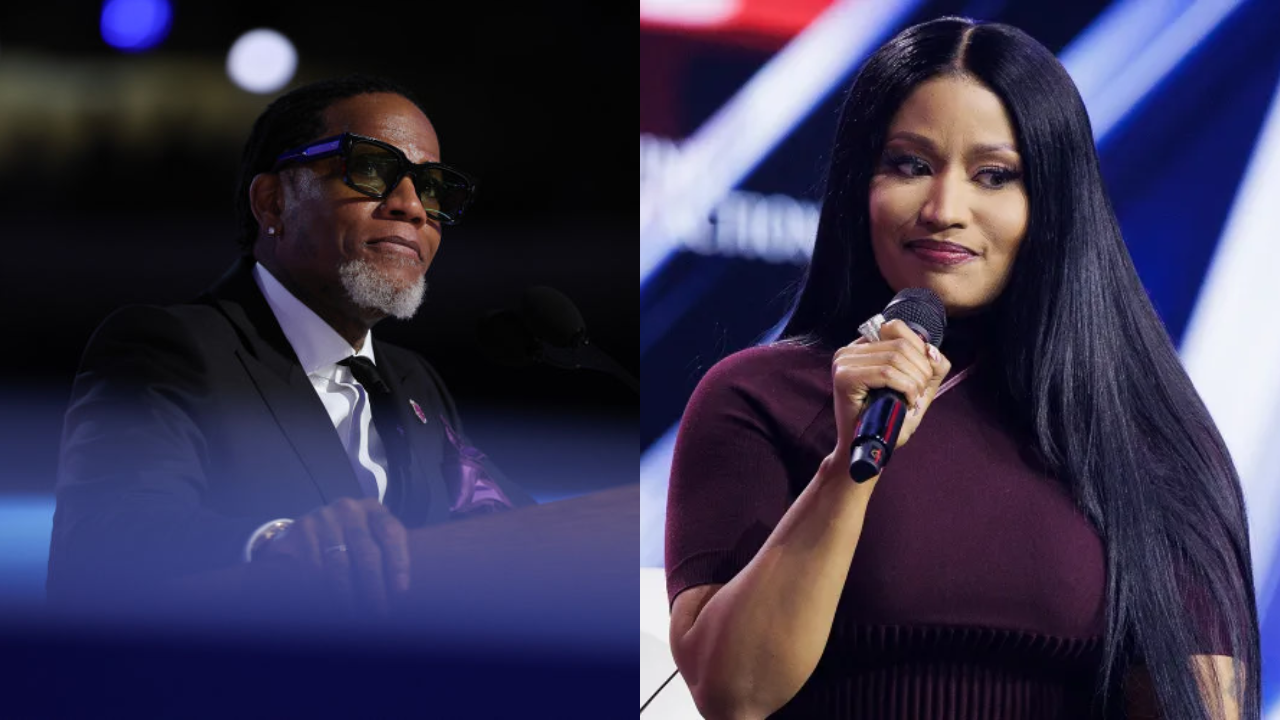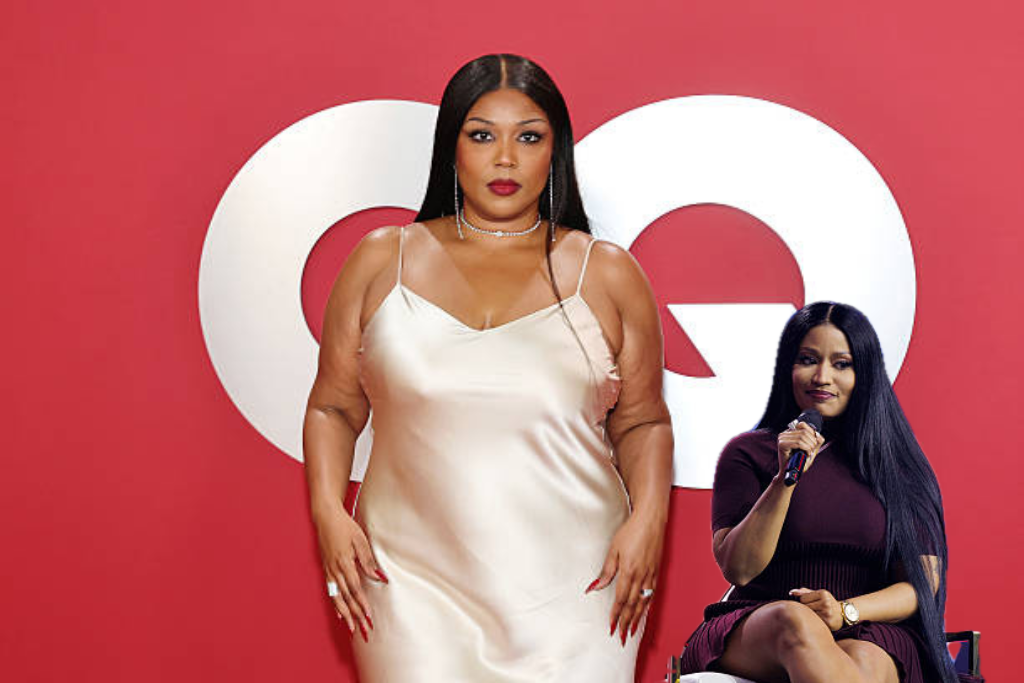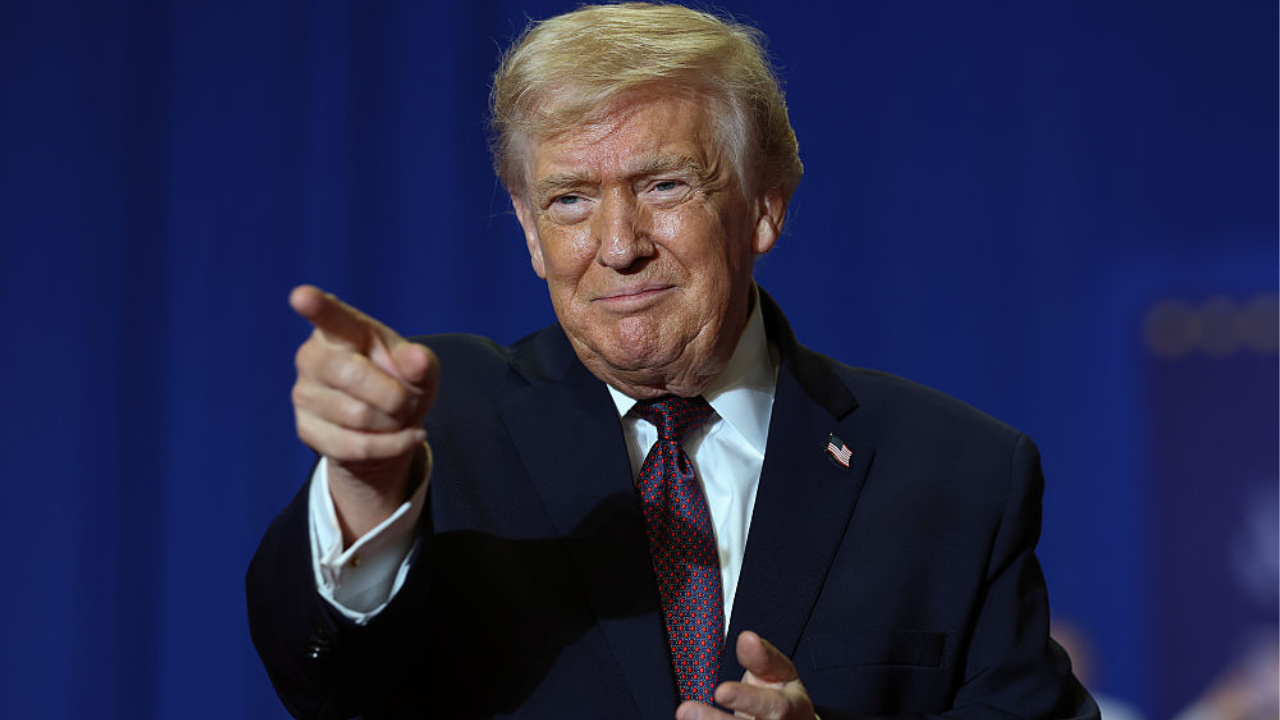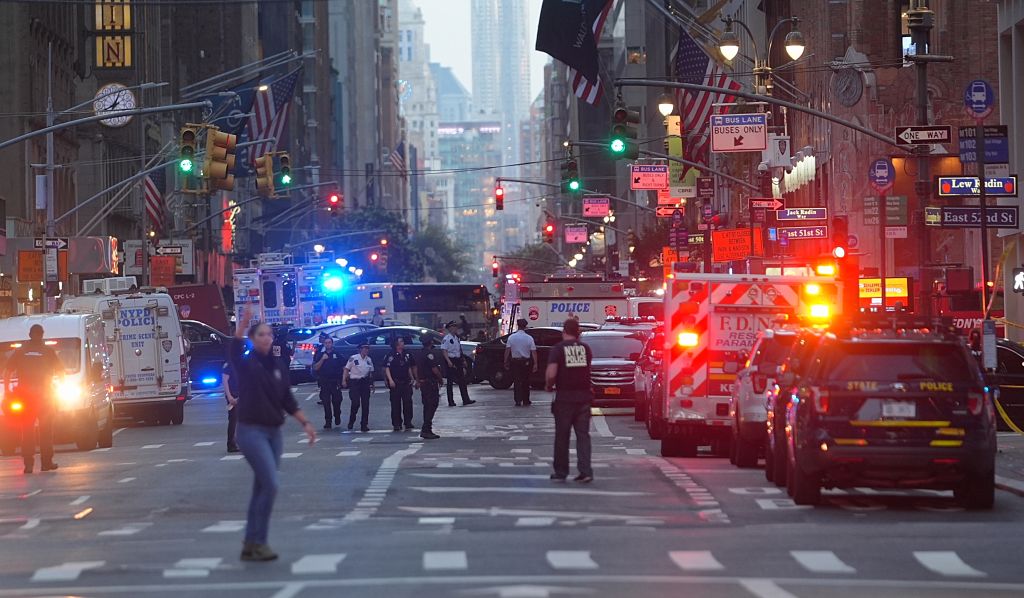A descending dynasty: The decline of Lil Wayne and Young Money Entertainment

Lil Wayne, whose career has spanned nearly three decades, earned his living legend status in the years between 2004 and 2008, when he released the first three installments of his Tha Carter album series, a franchise that provided him a path to claim the title of the best living rapper.
Rapid-fire rhymes and recitable hooks poured out of him effortlessly, creating a music catalog that included hundreds of songs, countless features, classic freestyles, and chart-topping singles, which earned him millions of album sales and just as many mixtapes downloaded.
Yet, 21 years after the first Carter album initiated a celebrity-making reinvention, the June 5 release of Tha Carter VI revealed Wayne at his worst: Unmotivated and listless, he has the presence of a sleepwalker, trudging across tracks without deliberate direction. There’s no wit or cunning wordplay, just emotionless rambling that sounds like stale popcorn tastes. This isn’t the work of an artist recording to be remembered or reaching a new prime, but an elder statesman discovering his wrinkles.
Appearances from Bono, BigXthaPlug, Jelly Roll and MGK come off as if they were summoned by blind executives who sequence albums by looking at spreadsheets and streaming numbers. The absence of creative direction extends beyond the features. It’s apparent in the production, which sounds dated and lifeless, and in the engineering, which sounds as if the mixing and mastering took place inside an underground bunker. Wayne only makes matters worse by performing with zero excitement. There is no fire in the “Fireman.” No hunger in The Rapper Eater. His lack of passion drags the 19 songs from bad and boring to music you never want to hear again.
Unlike Tha Carters that came before it, Tha Carter VI had no lead single. Outside of Wayne’s April cover story with Rolling Stone, he withheld all traditional promotional methods, shying away from previewing any songs beforehand. The secrecy, in tandem with this being a new Carter, created a hopeful anticipation for 67 minutes of never-before-heard music. The hope did not last once play was pressed. Instead of reinvigorating the belief that the 42-year-old superstar remains a contender in hip-hop, the immediate online response was a united dissatisfaction.
Critics agreed.
“The first problem is that there aren’t any good songs,” wrote Pitchfork, ultimately scoring Tha Carter VI a 2.9 out of 10, Wayne’s lowest rating ever on the site. Such a disappointing release, following a five-year pause between albums, is the latest in a series of missteps that have signaled a new chapter in the decline of Wayne and his former Young Money cohorts, Drake and Nicki Minaj.

Kevin Mazur/BBMA2017/Getty Images for dcp
Young Money’s debut compilation, We Are Young Money, received a retail release on December 21, 2009, 11 days before the new year. Wayne was the tireless, beat-devouring, rap extraterrestrial, and this novelty album was the introduction of his new crew of 12 signed artists. Nicki, Young Money’s First Lady, the self-proclaimed “Female Weezy,” was instantly iconic for infiltrating rap’s male-dominated genre as a rhyming Barbie who could twist and turn her words until every verse felt like riding a Six Flags attraction. She could perform over any beat, never losing the feminine touch that stole hearts or the unpredictable animated flow that became the source of a thousand rap styles.
Drake, Young Money’s Canadian Casanova, perpetuated every cardinal sin imaginable as a rapper-singer. His songs expressed the inner monologue of a sensitive, success-seeker who wore his heart in R&B melodies and confessional rhymes, making him a frequent target of fellow rappers unimpressed by how he subverted the masculine rap identity for an image some considered soft and unmanly. What made Drake endearing early on was meeting the criticism with constant releases, huge hits, and unprecedented commercial success.
Although young, in their mid-20s, this trio took the music world by storm, impacting every sector of rap, R&B and pop. By the fifth anniversary of We Are Young Money, Drake’s Midas touch, Nicki’s cult-building personality, and Wayne’s impressive longevity made them a decade-defining big three, shaping popular music in their image.
As winners, they thrived on how influence validated their power. How record sales validated their impact. Billboard’s Hot 100 was a barometer for their fans to weaponize, a way of proving their major status and legendary importance.
Chris McKay/Getty Images
But by the 10th anniversary of We Are Young Money, Minaj was no longer the only woman conquering charts with inventive rhymes and pop-coated melodies, causing her to clash with emerging rap queens like Cardi B and Megan Thee Stallion. Drake, who chose to shed the boyish heartthrob persona found in early Young Money records, became entangled in rap beef with rappers Meek Mill and Pusha T, causing significant damage to the image he portrayed, which only made him more hostile and antagonistic.
Wayne’s problems were rarely with other rappers, but more so his problematic outlook on serious race issues like his views on police brutality, racism, and, worst of all, his statement about the Black Lives Matter movement, quoted from a 2016 interview with ABC News. “I am a young, black, rich n—–. If that don’t let you know that America understands black n—– matter these days, I don’t what it is.”
Young Money’s public hiccups did not deter their supportive fan bases. They maintained a united front as a trio that rose together for nearly a decade, working together often and staying top of mind commercially. Their reign as an unlikely force was a dominant one until about six years ago, when cracks in the kingdom began to show, and they started to adopt more villainous personas.
“Oh, I get it, huh, they paintin’ me out to be the bad guy,” Minaj stated on her 2018 single, “Chun Li,” mirroring the Tony Montana quote from the movie “Scarface.” “You need people like me so you can point your f—— fingers and say that’s the bad guy,” that appeared five years later as a sample at the beginning of Drake’s “Daylight.”
These two moments, although unrelated, felt like they echoed a sentiment of acceptance about how perception shaped their reality. To them, the game would never see their names and view them as heroes of hip-hop. Even Wayne rapped in 2014 on Tha Carter V single “Krazy,” “They paint me as a villain, I just autograph the artwork.”
The role of the antagonist looks different for each of them.
Nicki Minaj’s recent remix of Lil Wayne’s Noreaga-sampled “Banned From NO” made headlines for a subliminal shot directed toward Jay-Z and Roc Nation with the line, “NFL, fire some n—– and then call us.” Diss aside, the verse is full of flow switches, scattery cadences, and a shady lyric at Shannon Sharpe.
It’s textbook Nicki, all bravado and buzzwords. Still, instead of the track gaining momentum for her rhymes, Nicki is making headlines for reigniting a one-sided conflict with the record label and management company Jay founded.
Roc Nation has been high on Nicki’s adversary list for quite some time. She called the Jay-Z-founded record label and management company Megan Thee Stallion’s “puppeteer” back in February 2024. New shots were sent via Twitter after the NFL opted for a Kendrick Lamar half-time show at the 2025 Super Bowl. Another round of shade-throwing rants dominated her official social media page on July 8, bringing more attention to sophomoric drama than good music.
The tirade of tweets may have fed the ‘Barbz’ who support her online takedowns enough to make them go viral. Every post reminded me of a quote senior culture writer Justin Tinsley wrote about her last year: “How the Head Barbie in Charge is discussed in American hip-hop and pop culture now is primarily based on the person she is, not the feats she accomplished.”
To his point, no one should ever deny her trailblazing impact. A decade ago, she proved that a raw rap queen could thrive, creating trendsetting records with artists such as G Herbo, Katy Perry, Gucci Mane, Ariana Grande, Rae Sremmurd, 2 Chainz, and Lil Uzi, while cranking out singles as iconic as her raps.
Nicki kept her stilettos on the pulse of popular culture, swinging open uncharted avenues for the women following in her footsteps. The Nicki today is more involved in Twitter rants and public fallouts, continuing a streak of combativeness that feels more mean-spirited than competitive.

Ethan Miller/Getty Images
Once known for being a generous collaborator, in this era of antagonism, Drake has also gained a reputation for subliminal disses and feuding with former associates. On the new single, “What Did I Miss?,” gladiator horns and Tay Keith drums become the latest canvas for his discontent over last year’s rap battle.
The comeback record doesn’t name anyone directly, but bemoans the betrayers and scowls about fake love. Dropping on July 4, a year after the music video for Kendrick’s “Not Like Us,” doesn’t feel coincidental. Even if the content comes off a year late, the ability to turn passive aggression into a big-sounding anthem hasn’t left him entirely.
Disputes have harmed Drake’s popularity without affecting his ability to be a top-streaming rapper on every platform. What has been lost is the glow of invincibility, the posture of a titan. He’s burdened by bad decisions and poor discernment, with no one to blame but himself. The relationship with brand deals and musicians outside of hip-hop may persist, but in rap, where respect is an invaluable currency, butting heads with Kendrick may have been Drake’s most uncalculated battle, and possibly the one where he showed the least care for his public image.
Requesting war on the now-deleted “Taylor Made Freestyle,” then choosing to pursue a defamation lawsuit against his record label, UMG, in response to losing the public beef, makes Drake appear more bankrupt than wealthy, at least in hip-hop. But his refusal to stay down and remain quiet is what fans want: a fighter, even if there are bruises on his cheekbones and lumps on his crown.
Then there’s Wayne.
The decline has been apparent over the past four years. His coveted feature appearances have gotten less explosive. He’s a subject matter mumbler, constructing ideas around themes instead of feelings. The occasional good verse revives the belief that a fire has been reignited, but that hope is often short-lived. As a longtime listener, the thrill is missing, extinguished, appearing like a dilapidated building rather than a luxury mansion.
Tha Carter VI, coming three months after Kendrick Lamar’s record-breaking Super Bowl halftime performance, makes the discussion around his album the second time in under a year where the public debate around Wayne has been critical. The halftime show announcement in September was the first, invigorating debates around who deserved to perform — a New Orleans icon or rap’s biggest sensation. Fans of both artists made their cases, but no voice was louder than Wayne, who claimed the Super Bowl was ripped away from him, adding gasoline to the blazing hot takes.
Rolling Stone quoted Wayne as saying he vowed to no longer consider playing in future Super Bowl halftime shows after Kendrick was chosen over him. This defeatist attitude may speak to his disappointment, which is a human emotion. However, it still felt like the wrong stance considering how this is the same Lil Wayne who stood on an inflamed stage at the 2007 B.E.T. Awards, rapping with an intensity that could raise the temperature in hell’s kitchen, and said, “I am hip-hop, and I ain’t dead. I’m alive.”
But where is the liveliness on Tha Carter VI? Tha Carter VI showcases a tired soul, unaware of current events, unattached to past or present, making the music a masterclass in being out of tune with the times. Wayne even claimed to be unaware that “Not Like Us” was a diss against Drake, the biggest song of last summer. If that’s true, not being present has him sounding more ready for shuffleboard and bingo night at the retirement home than a halftime show performance. I write that as a fan who remembers when Wayne was the most exciting act in rap, his spirit exhilarated records, and displayed an inexhaustible drive for greatness.
Drive and dedication to be the best made idols out of Drake, Nicki and Wayne. Being the best doesn’t mean you don’t lose track of time or get stuck in your ways, though. That is Young Money’s biggest shortcoming: They have a disdain for change. They would rather live in ivory towers and pretend to be unaffected by an aging industry than embrace the new, the evolving.
If this persists, their resistance will grow into a great resentment. And they’ll eventually have to accept the inevitable truth awaiting the aging, that they too become fossils like the dinosaurs before them. Hopefully, before that happens, Young Money’s big three will correct course, embrace the evolution, and enter a much-needed redemption arc.
What's Your Reaction?
 Like
0
Like
0
 Dislike
0
Dislike
0
 Love
0
Love
0
 Funny
0
Funny
0
 Angry
0
Angry
0
 Sad
0
Sad
0
 Wow
0
Wow
0





